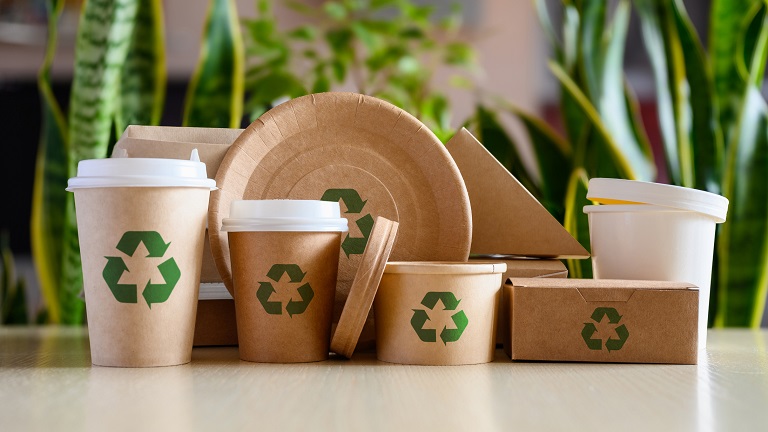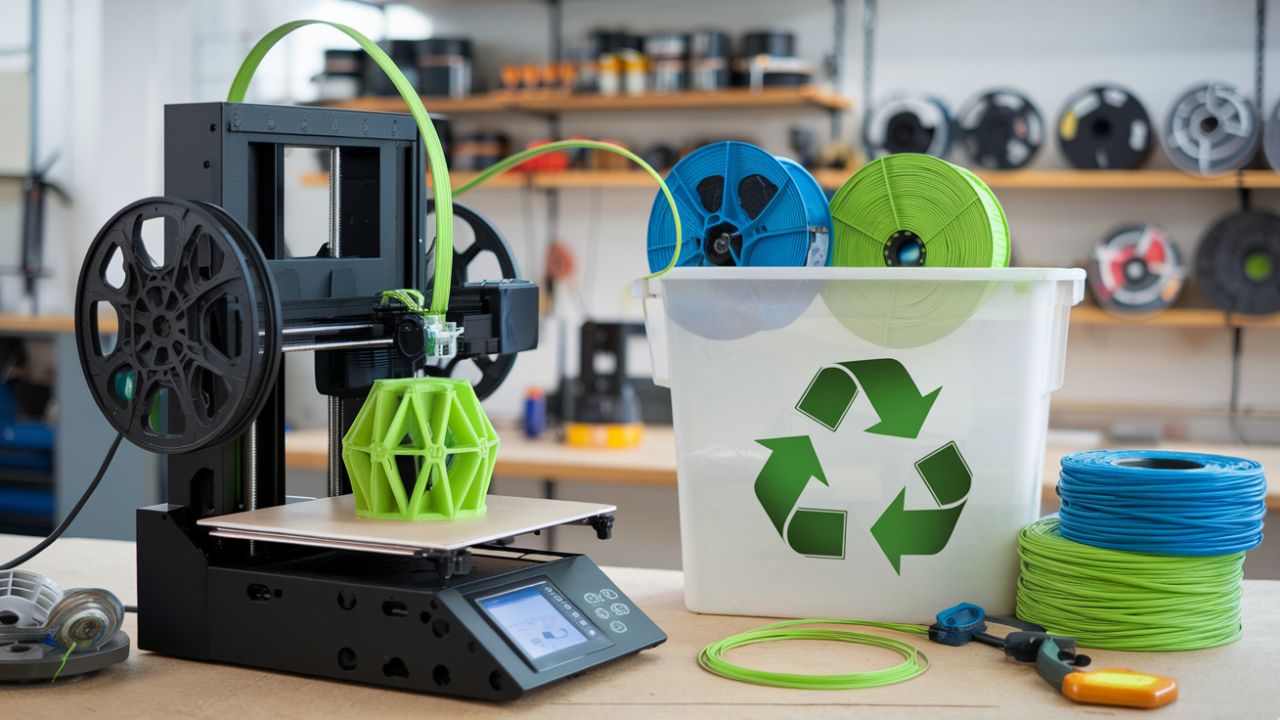In a world where sustainability is becoming increasingly crucial, zero waste design for print has emerged as a transformative approach. This concept not only helps in reducing waste but also aligns with the growing demand for eco-friendly practices. As businesses and individuals alike become more conscious of their environmental impact, integrating zero waste principles into printing processes is a vital step toward a more sustainable future.

Understanding Zero Waste Design for Print
At its core, zero waste design for print involves creating printed materials with minimal waste. This means optimizing every aspect of the printing process, from choosing sustainable materials to efficient design techniques that reduce excess. By doing so, we not only conserve resources but also decrease our carbon footprint.
Importance of Sustainable Printing
With the increasing awareness of climate change and environmental degradation, the importance of sustainable printing cannot be overstated. Businesses that adopt zero waste printing practices not only contribute positively to the environment but also enhance their brand image as responsible and forward-thinking entities. For more insights, you can explore our article on sustainable desktop printers.
Principles of Zero Waste Design
Choosing the Right Materials
The first step in zero waste design is selecting materials that are sustainable and recyclable. This includes using recycled paper and soy-based inks, which are less harmful to the environment. Our green printing paper options provide excellent choices for eco-friendly materials.
Efficient Design Techniques
Efficient design is about making the most out of every sheet of paper. This includes optimizing layout and design to minimize offcuts and waste. Tools like digital proofing and mock-ups can help achieve this efficiency.
Reducing Overproduction
One of the main contributors to waste in the print industry is overproduction. By accurately forecasting demand and utilizing print-on-demand technologies, businesses can significantly reduce excess stock and waste.
The Impact of Zero Waste Printing
Environmental Benefits
By reducing waste, zero waste printing significantly lowers the environmental impact of traditional printing. This includes saving trees, reducing water usage, and minimizing chemical runoff. An in-depth explanation of these benefits can be found in this external resource.
Cost Efficiency
Implementing zero waste practices can also lead to cost savings. By optimizing materials and processes, companies often find they use fewer resources, which translates into lower operating costs.
Implementing Zero Waste Practices
Adopting Digital Solutions
Digital solutions play a significant role in zero waste design. Digital printing allows for precise runs, reducing the likelihood of overproduction. For businesses interested in eco-friendly branding, eco branding through printing is an excellent strategy.
Engaging with Sustainable Partners
Collaborating with suppliers and partners who share a commitment to sustainability is crucial. This ensures that every stage of the printing process adheres to zero waste principles.
Employee Education and Engagement
Educating employees about the benefits and techniques of zero waste design is essential. A workforce that understands the importance of sustainability is more likely to embrace and effectively implement these practices.
Challenges and Solutions
Overcoming Initial Costs
While transitioning to zero waste design can involve upfront costs, the long-term savings and environmental benefits often outweigh these expenses. Companies can gradually shift their practices to manage costs effectively.
Staying Updated with Technology
Staying abreast of technological advancements is crucial for successful zero waste design. As new tools and methods emerge, businesses must adapt to maintain efficiency and sustainability.
Case Studies
Successful Zero Waste Initiatives
Many companies have successfully implemented zero waste practices, leading to significant environmental and financial benefits. For instance, some businesses have adopted sustainable zine creation techniques, showcasing the potential of these strategies.
Lessons Learned
Through various case studies, it becomes evident that commitment and innovation are key to successful zero waste design. Companies should be prepared to experiment and adapt as they implement new practices.
The Future of Zero Waste Design
Emerging Trends
The future of zero waste design is promising, with new trends and technologies continually emerging. This includes advancements in biodegradable materials and more efficient printing technologies.
Global Impact
As more businesses adopt zero waste practices, the collective impact on the environment could be profound. This shift not only benefits individual companies but also contributes to global sustainability efforts.

FAQs
What is zero waste design?
Zero waste design is an approach that aims to minimize waste by optimizing materials and processes, particularly in printing.
How can businesses implement zero waste printing?
Businesses can implement zero waste printing by choosing sustainable materials, optimizing design, and collaborating with eco-conscious partners.
What are the benefits of zero waste design?
The benefits include reduced environmental impact, cost savings, and enhanced brand image.
By embracing zero waste design for print, businesses can play a pivotal role in promoting sustainability and protecting our planet for future generations. For further reading on reducing paper waste, visit this external link.
This article contains affiliate links. We may earn a commission at no extra cost to you.







